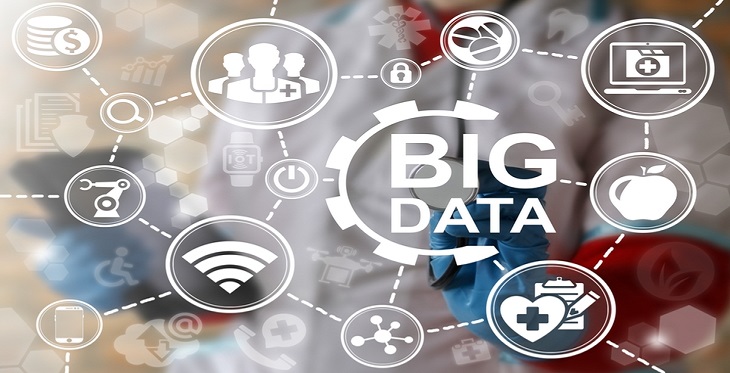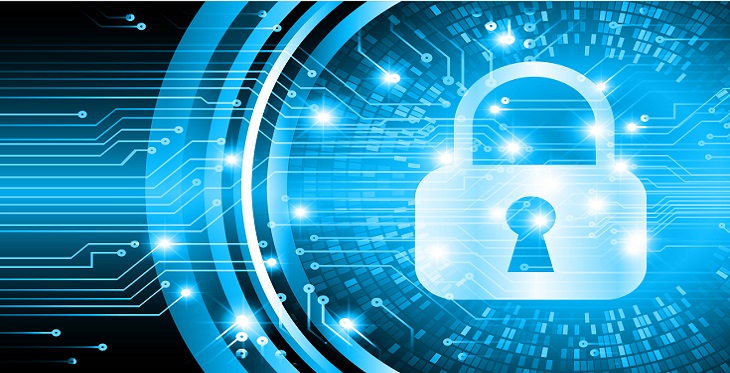Managing Telehealth’s Big Data with Data Warehousing

A central feature of Telehealth is that data, potentially in vast amounts, are accumulated about patients by provider organizations. This data has a variety of important uses beyond the diagnosis and treatment of each specific patient, both for individual health organizations and for the public at large (e.g., population health). Without modern data management technology, namely a data warehouse, there is no efficient way to analyze data aggregated from large patient populations, or ultimately use it to support data-driven healthcare decisions.
A data warehouse is a central data repository that stores data from multiple sources across an organization, enabling organizations to extract useful information.



